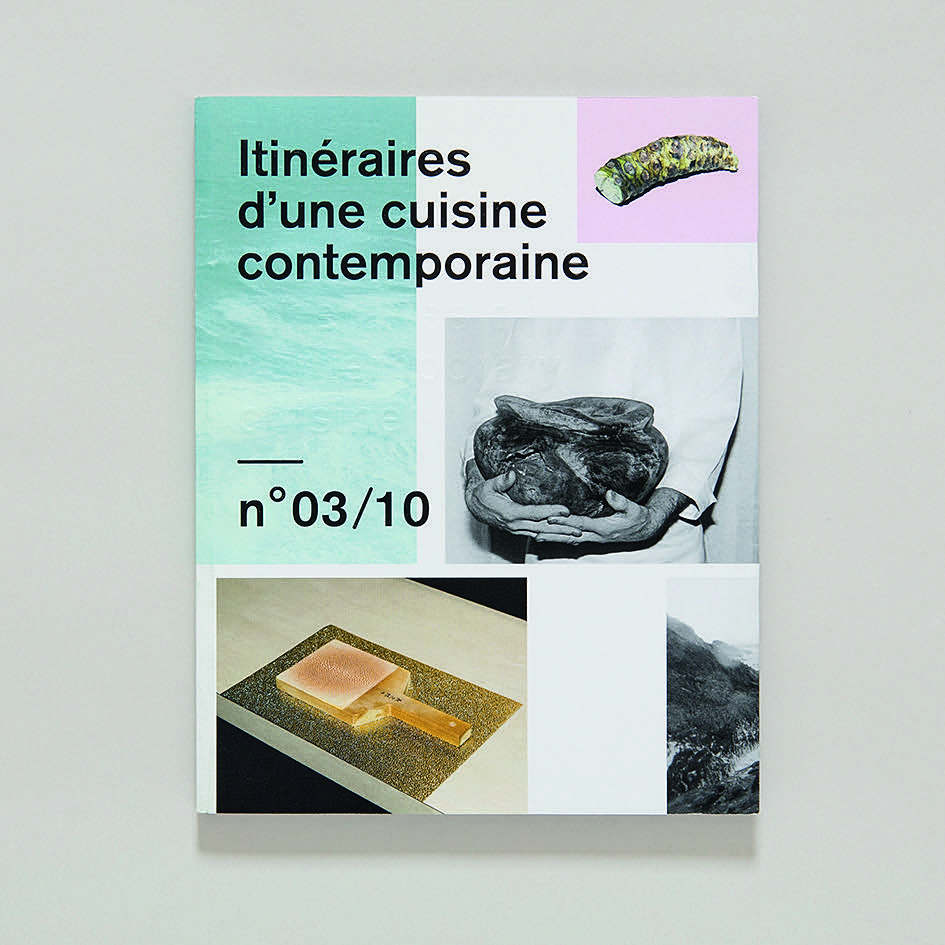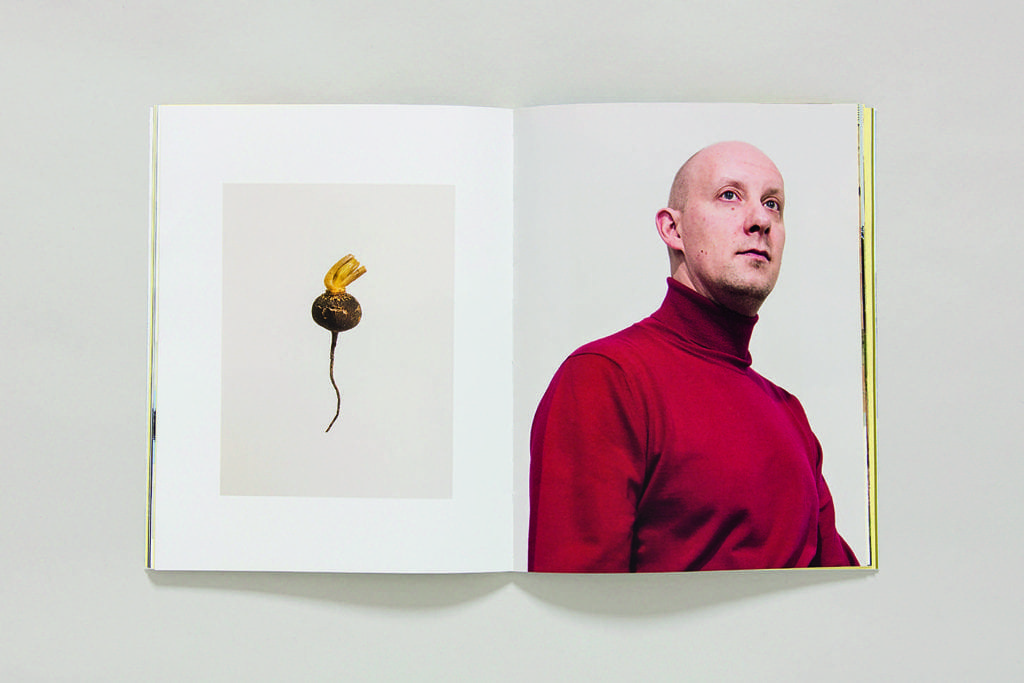
Hivernat has history in this area. Aided by his business partner, Sophie Cornibert, he created a food blog called Fulgurances, which later evolved into an online magazine. An events agency specialising in foodstall pop-ups followed, and now there is a restaurant in Paris’s trendy 11e arrondissement.
“Sophie and I travel a lot. We have the opportunity to meet many captivating cooks, farmers and winemakers in their working and living environment, and we wanted to share that with others,” he explains.
Their address book is a mix of famed cordon bleu chefs – think René Redzepi of Noma in Copenhagen, Denmark, or Massimiliano Alajmo of Le Calandre in Padua, Italy – and lesser- known but equally brilliant restaurateurs.
“More than celebrities, we look for men and women who are écorchés vifs [wounded], whose story finds its way into their cooking or into their products,” says Hivernat. With that in mind, Itinéraires d’une cuisine contemporaine focuses more on the emotional and physical terrain that inspires these chefs’ recipes than it does on the dishes themselves.

The accompanying portrait, shot by Alexi Hobbs, shows a man in a green-checkered flannel vest trudging through the snow, his face hidden by a young maple tree. In an instant, we grasp the universe he inhabits and how it has influenced his personality and his kitchen: the following images seem to suggest he himself is being tracked like an animal.
“They contacted me over Facebook, and when they showed me the previous issue, I realised their style aligned with mine,” says the Montreal-based photographer. “They gave me a carte blanche.”
Hobbs was part of the first round of image-makers who were asked to collaborate early on, but the very first issue was shot entirely by Hivernat’s close friend, Benjamin Schmuck, who is now the photo editor of Itinéraires. “We approached the magazine somewhat as a travel guide, which meant it should feel like a single person went from point A to point B,” says Schmuck.
The publication’s elegant design, put together by the Helmo studio, also helps with this sense of fluidity, sometimes allowing images to literally run from one page to the other.
The photographer turned photo editor chooses his collaborators intuitively, looking for those who can craft a story without being overly literal. He gave Marie Quéau, a rather cerebral artist, her first assignment shooting Xavier Pensec, a Breton who went to Japan to learn the art of making sushi and returned to share it in Brest. The images, some in colour, some black-and-white, are ethereal yet sombre, almost otherworldly, and the gamble definitely paid off.
“I don’t ask myself too many questions when it comes to choosing a photographer,” says Schmuck. You could call it instinct, or maybe it’s just a gut feeling.
